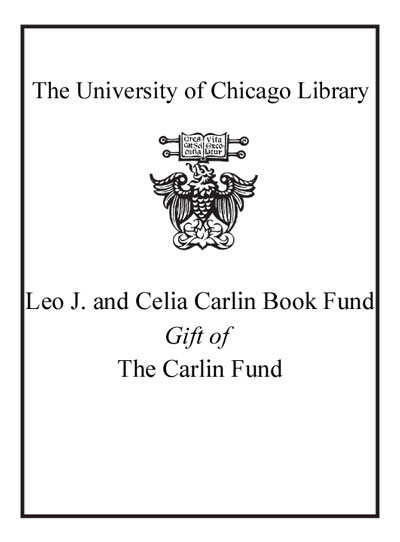Atlantic Europe in the first millennium BC : crossing the divide /
Saved in:
| Imprint: | Oxford ; New York : Oxford University Press, 2011. |
|---|---|
| Description: | xxvii, 690 p. : ill., maps ; 24 cm. |
| Language: | English |
| Subject: | |
| Format: | Print Book |
| URL for this record: | http://pi.lib.uchicago.edu/1001/cat/bib/8678100 |
Table of Contents:
- List of figures
- List of tables
- List of contributors
- Part I. Crossing the Divide
- 1. Crossing the Divide: Opening a Dialogue on Approaches to Western European First Millennium bc Studies
- Part II. Landscape Studies
- 2. Settlement and Landscape in Iron Age Europe: Archaeological Mainstreams and Minorities
- 3. Historical Ecology: Using What Works to Cross the Divide
- 4. Stelae Iconography and Landscape in South-west Iberia
- 5. Landscape Dynamics, Political Processes, and Social Strategies in the Eastern Iberian Iron Age
- 6. A Re-examination of Three Wessex-type Sites: Little Woodbury, Gussage All Saints, and Winnall Down
- 7. Landscape in the Late Iron Age of Northwest Portugal
- 8. La Tène and Early Gallo-Roman Settlement in Central Gaul: An Examination of the Boundary between the Aedui, Lingoni, and Senoni (Northern Burgundy, France)
- Part III. The Social Modelling of Late Bronze Age and Iron Age Societies
- 9. 'Reconstructing Iron Age Society' Revisited
- 10. How Did British Middle and Late Pre-Roman Iron Age Societies Work (if they did)?
- 11. Social Inequality during the Iron Age: Interpretation Models
- 12. Iron Age Societies against the State: An Account of the Emergence of the Iron Age in North-western Iberia
- 13. Shifting Centres of Power and Changing Elite Symbolism in the Scheldt Fluvial Basin during the Late Bronze Age and the Iron Age
- 14. Examples of Social Modelling in the Seine Valley during the Late Bronze Age and Early Iron Age
- 15. Becoming Welsh: Modelling First Millennium bc Societies in Wales and the Celtic Context
- 16. Person, Family, and Community: The Social Structure of Iron Age Societies Seen through the Organization of their Housing in North-western Europe
- 17. Approaching Sex and Status in Iron Age Britain with Reference to the Nearer Continent
- Part IV. Continuity and Change
- 18. Approaches to Metalwork: The Role of Technology in Tradition, Innovation, and Cultural Change
- 19. The Problem of Continuity: Reassessing the Shape of the British Iron Age Sequence
- 20. Iron Age Ireland: Continuity, Change, and Identity
- 21. Exploring Status and Identity in Later Iron Age Britain: Reinterpreting Mirror Burials
- 22. Discovering San Chuis Hillfort (Northern Spain): Archaeometry, Craft Technologies, and Social Interpretation
- 23. Changing to Remain the Same: The Southern Iberian Peninsula between the Third and the First Centuries bc
- Part V. Rhythms of Life and Death
- 24. Crossing the Divide in the First Millennium bc: A Study into the Cultural Biographies of Boats
- 25. The Warrior Stelae of the Iberian South-west: Symbols of Power in Ancestral Landscapes
- 26. Funerary Expression and Ideology in the Cogotas Culture Settlements in the Northern Meseta of the Iberian Peninsula
- 27. Warriors and Heroes from the North-east of Iberia: A View from the Funerary Contexts
- 28. Headhunting and Social Power in Iron Age Europe
- 29. The Ritual Representation of the Body during the Late Iron Age in Northern France
- Part VI. Exploring European Research Traditions
- 30. Iron Age Knowledge: Pre-Roman Peoples and Myths of Origin
- 31. Exploring Late Iron Age Settlement in Britain and the Near Continent: Reading Edward Gibbon's The Decline and Fall of the Roman Empire and Examining the Significance of Landscape, Place, and Water in Settlement Studies
- 32. The æIntroduction to Ethnicity Syndrome' in Proto-historical Archaeology
- 33. Boundaries, Status, and Conflict: An Exploration of Iron Age Research in the Twentieth Century
- Index

